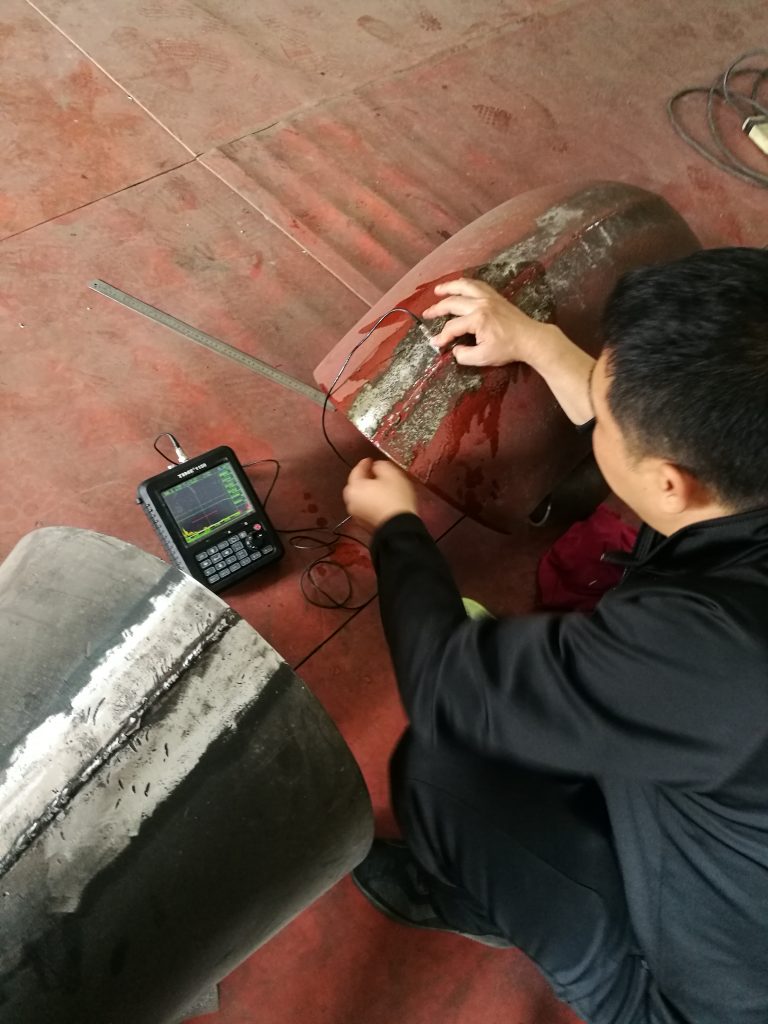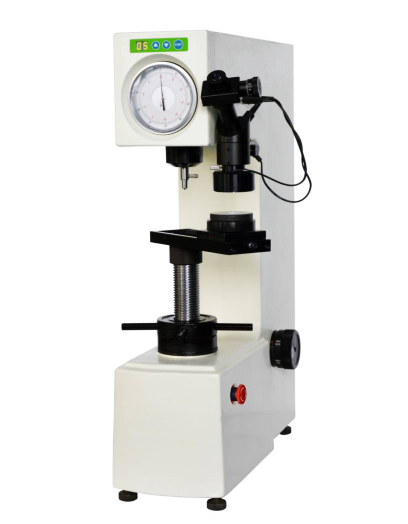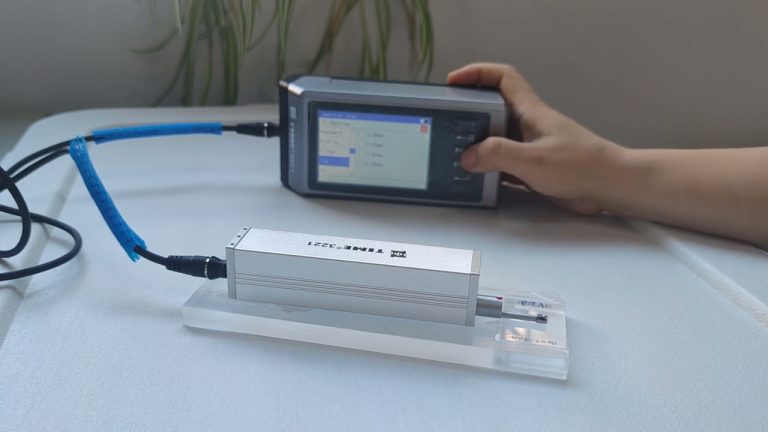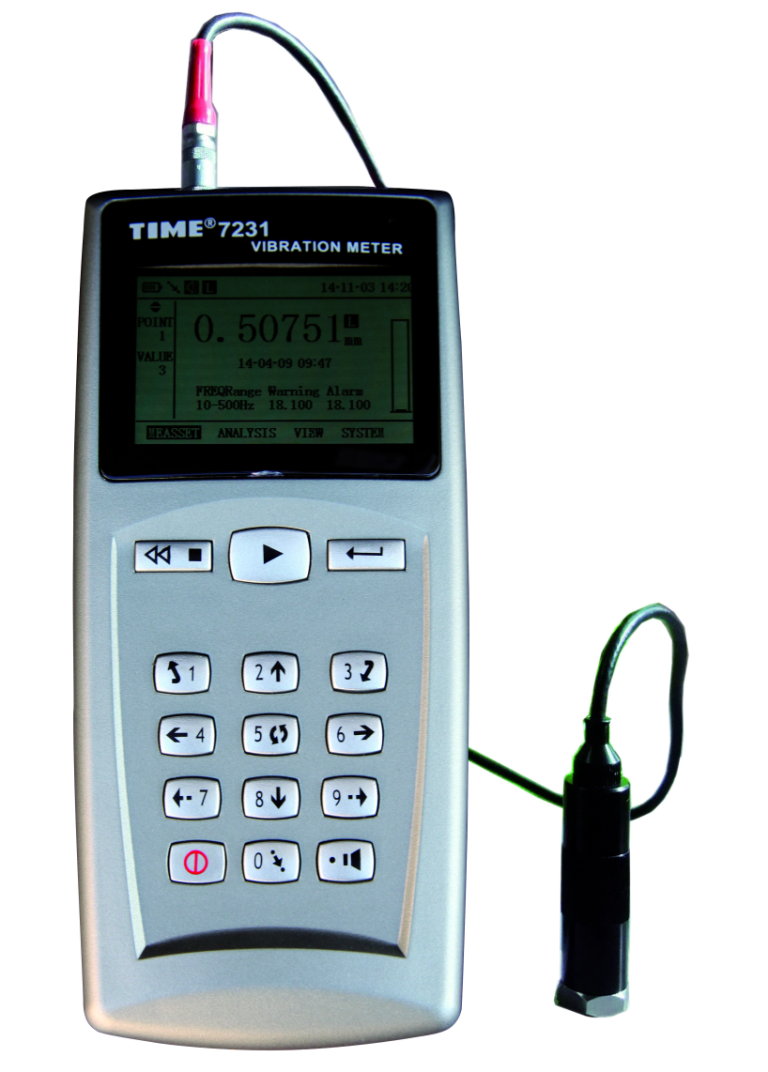Hardness reflects the elastic-plastic deformation characteristics of materials and is an important mechanical property index. Compared with other mechanical property testing methods, the hardness test has the following advantages: the sample preparation is simple, the test can be carried out on samples of various sizes, and the sample is basically not damaged after the test; the equipment is simple, easy to operate, and the measurement is The speed is fast; there is an approximate conversion relationship between hardness and strength, and the strength limit can be roughly estimated based on the measured hardness value. Therefore, hardness testing is widely used in practice.
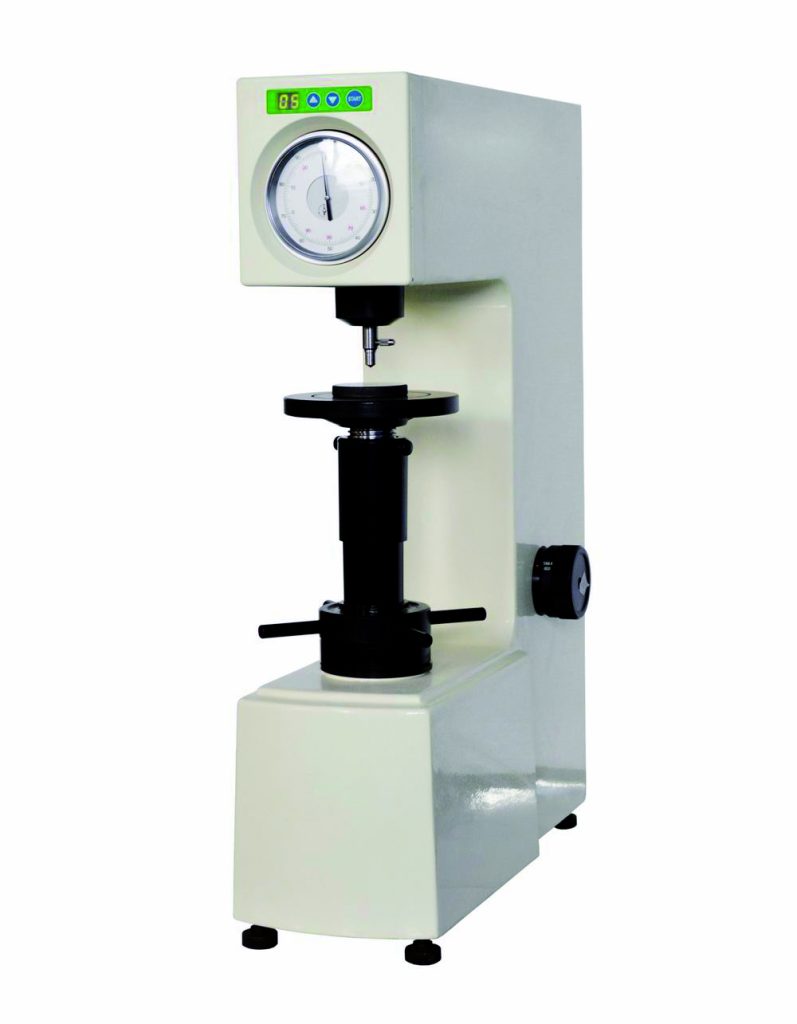
Hardness measurement refers to the contact of a hard object (indenter) of a certain shape and size with a certain pressure on the surface of the material to measure the surface resistance of the material during the deformation process. Some hardnesses represent the material’s ability to resist plastic deformation (such as the different load intrusion hardness test method), and some hardness represents the material’s ability to resist elastic deformation (such as Shore hardness).
Usually the hardness tested when the indentation load is greater than 9.81N (1kgf) is called macrohardness, and the hardness tested when the pressure load is less than 9.81N (1kgf) is called microhardness. The former is used for relatively small specimens, hoping to reflect the macroscopic properties of the material; the latter is used for small and thin specimens, hoping to reflect the properties of tiny areas, such as the hardness of different phases in the microstructure and the hardness of the material surface. wait.
Rockwell hardness measurement principle
Rockwell hardness measurement is one of the most commonly used hardness testing methods. It is expressed by the plastic deformation concentration of the indenter (diamond cone or quenched steel ball) pressed into the material under the action of load (including preload and main load). Generally, the greater the depth of pressing into the material, the softer the material; the smaller the concentration of pressing, the harder the material. Figure 14-1 shows the measurement principle of Rockwell hardness.
In the picture:
0-0: No load is applied and the position of the indenter is not in contact with the specimen.
1-1: The position when the indenter presses into the specimen to a depth of h0 under the action of preload P0 (98.1N). h0 includes elastic deformation and plastic deformation caused by preload.
2-2: After adding the main load P1, the indenter presses into the position of the specimen under the action of the total load P= P0+P1.
3-3: After removing the main load P1 but still retaining the position of the indenter when the preload P0 is retained, the depth of the indenter pressed into the sample is h1. Since the elastic deformation produced by P1 is eliminated, the position of the indenter increases by h. At this time, the actual concentration of the indenter under the action of the main load is h= h1- h0. It actually represents the depth of plastic deformation caused by the main load P1.
The larger the h value is, the softer the specimen is, and the smaller the h value is, the harder the specimen is. In order to adapt to people’s customary concept that the larger the value, the higher the hardness. It is artificially stipulated that the value of a constant K minus the indentation depth h is used to express the hardness. And stipulates that 0.002mm is a Rockwell hardness unit, represented by the symbol HR.
This value is a dimensionless number. The measurement can be read directly on the dial. There are two scales on the dial: red and black. The red 30 coincides with the black 0.
When using a diamond cone indenter, the constant K is 0.2mm, and the hardness value is represented by a black dial.
When using a steel ball (Φ=1.588mm) indenter, the constant K is 0.26mm, and the hardness value is indicated by the red dial.
There are 5 types of Rockwell hardness testers, of which the two most commonly used are: one is a diamond cone indenter with a vertex angle of 120°, which is used to test high-hardness materials; the other is a quenched steel with a diameter of Ball, used to measure the hardness of soft materials. For particularly soft materials, steel balls with diameters of , , and are sometimes used as pressure heads, but these types are less commonly used.
In order to expand the measurement range of Rockwell hardness, different indenters and different total loads can be used to create different scales of Rockwell hardness. There are 15 Rockwell hardness scales to choose from, which are: HRA, HRB, HRC, HRD, HRE, HRF, HRG, HRH, HRK, HRL, HRM, HRP, HRR, HRS, and HRV.

